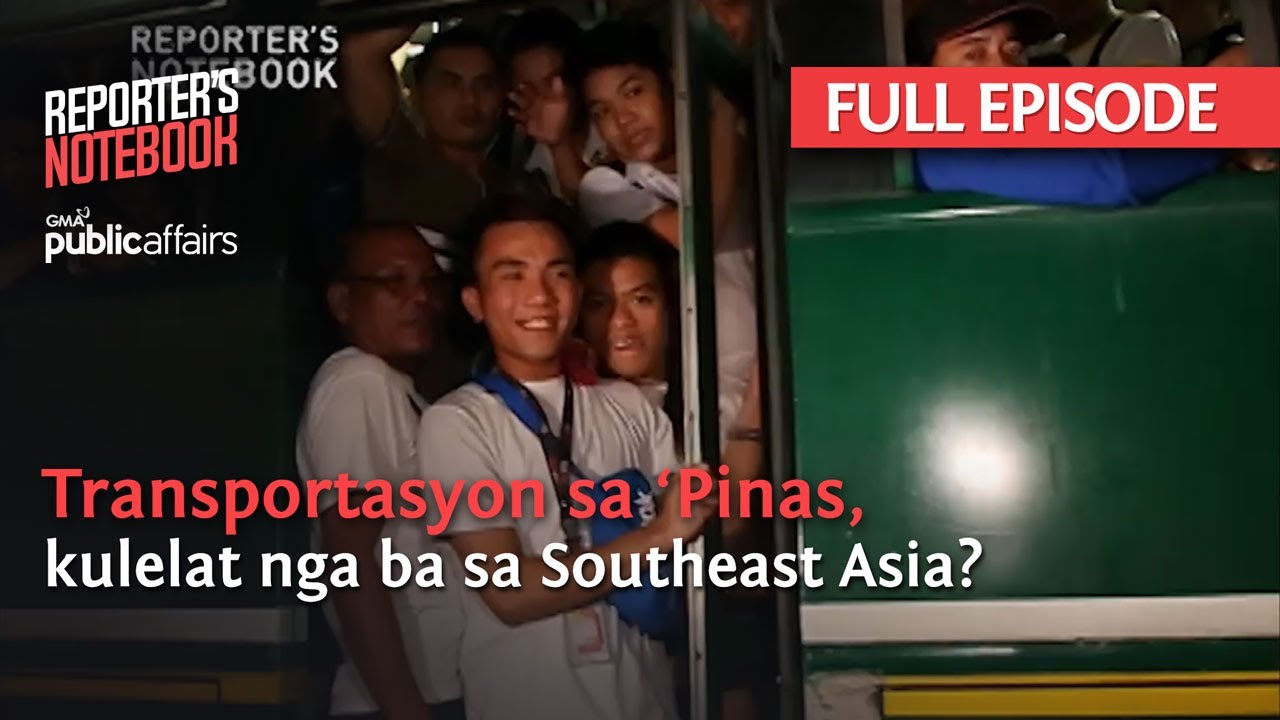Why Bangkok Has "Good" Public Transportation but Horrible Traffic
Summary
TLDRThis video script explores Bangkok's traffic congestion despite a robust public transport system, including the BTS skytrain and MRT. It delves into the high vehicle ownership rate, the first mile-last mile problem, and the cost and convenience of driving versus public transport. The script suggests that while Bangkok's public transport is advanced, it doesn't fully address the accessibility to all areas of the city, leading to continued reliance on cars. It concludes with ideas for improving the situation, emphasizing the need for effective public transport to reduce traffic and pollution.
Takeaways
- 🌆 Bangkok, Thailand is a vibrant city known for its food, people, and shopping, but also its notorious traffic.
- 🚗 The city has seen a significant increase in vehicle numbers, from half a million in 1980 to over 9.7 million today, with a vehicle ownership rate of 69%.
- 🌐 Despite having a high population and vehicle density, Bangkok's public transportation system includes the BTS skytrain, MRT subway, buses, boat taxis, and car taxis.
- 🚶♂️ Bangkok's urban design features mixed uses, allowing for walkability with amenities like food carts and stores within a short walking distance.
- 🔄 The 'first mile/last mile problem' affects the convenience of public transportation, where the final leg of a journey to a destination can be inconvenient.
- 💸 Driving in Bangkok is relatively inexpensive with low parking fees and cheaper fuel prices compared to other parts of the world.
- 🚌 Bangkok's public transport, while extensive, does not cover all areas effectively, and buses can get stuck in traffic, reducing their appeal.
- 🏙 High population density and narrow streets contribute to Bangkok's traffic issues, even with the presence of public transportation.
- 🌐 The script suggests that public transportation networks should be expanded thoughtfully to ensure they are convenient and accessible to the public.
- 🚦 The network effect in transportation implies that the more connected and extensive a system is, the more valuable and effective it becomes.
- 🚗 Car ownership in Bangkok may be more about status than necessity, hinting at a cultural preference that could be shifted towards public transport.
- 🛣️ The video suggests potential improvements for Bangkok's traffic, such as removing minimum parking requirements, implementing congestion pricing, and enhancing bus and boat taxi systems.
Q & A
What is the current vehicle ownership rate in Bangkok?
-The vehicle ownership rate in Bangkok is roughly 69%.
How has the number of vehicles in Bangkok changed since 1980?
-In 1980, there were just over half a million vehicles in Bangkok, whereas now there are over 9.7 million vehicles.
What is the metropolitan area population of Bangkok?
-The metropolitan area of Bangkok has a population of 14 million people.
Why does the speaker initially believe that Bangkok should not have extreme traffic issues?
-The speaker believes Bangkok should not have extreme traffic issues because it has good public transportation like the BTS skytrain.
How does the speaker compare Bangkok's vehicle ownership rate with Tokyo and Seoul?
-The speaker compares Bangkok's vehicle ownership rate of 69% with Tokyo's 23% and Seoul's 50%, indicating that Bangkok has a notably higher rate.
What is the concept of 'mixed uses' in city planning and how does it relate to Bangkok?
-Mixed uses in city planning refers to having various services and amenities such as food carts, convenience stores, banks, and clothing stores within a short walking distance. Bangkok exemplifies this concept, contributing to its walkability.
What is the 'first mile last mile problem' mentioned in the script?
-The 'first mile last mile problem' refers to the difficulty of reaching the final destination from a public transport stop, often due to long walking distances, which decreases the convenience of public transport.
Why does the speaker suggest that owning a car in Bangkok might be more about status than cost-effectiveness?
-The speaker suggests that owning a car in Bangkok might be more about status because despite the availability of public transport, cars are still seen as a symbol of wealth and convenience.
What are some of the public transportation options available in Bangkok according to the script?
-Bangkok offers various public transportation options including the BTS skytrain, MRT subway, buses, boat taxis, and cheap car taxis.
What are some potential solutions the speaker suggests for Bangkok to improve its traffic situation?
-The speaker suggests solutions such as expanding the transportation network, removing minimum parking zoning requirements, implementing peak congestion pricing, building out the boat taxi network, and upgrading buses to work with the BTS cards.
What is the 'network effect' in the context of transportation networks mentioned in the script?
-The 'network effect' in transportation refers to the increased value and utility of a transportation system as more stops or stations are added, benefiting the network as a whole.
Outlines

This section is available to paid users only. Please upgrade to access this part.
Upgrade NowMindmap

This section is available to paid users only. Please upgrade to access this part.
Upgrade NowKeywords

This section is available to paid users only. Please upgrade to access this part.
Upgrade NowHighlights

This section is available to paid users only. Please upgrade to access this part.
Upgrade NowTranscripts

This section is available to paid users only. Please upgrade to access this part.
Upgrade NowBrowse More Related Video

Public Transportation in Bangkok: How to Use BTS, MRT, and Tuk Tuks 🇹🇭

Economics of Land Transport in Singapore - Managing Traffic Congestion in Singapore

Getting Around in BANGKOK - 16 Worst Transportation Mistakes to Avoid

BANGKOK TRANSPORTATION and ACCESSIBILITY (Tuk-tuk and BTS Pink Line)

Transportasyon sa ‘Pinas, kulelat nga ba sa Southeast Asia? | Reporter’s Notebook

Inside Indonesia Eps. Jakarta
5.0 / 5 (0 votes)